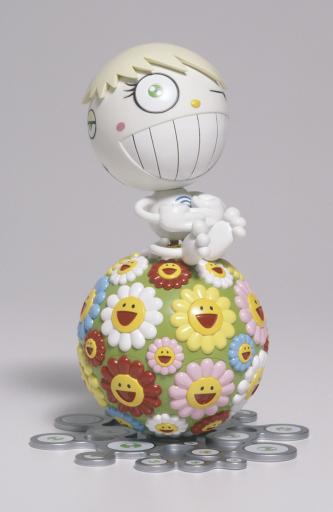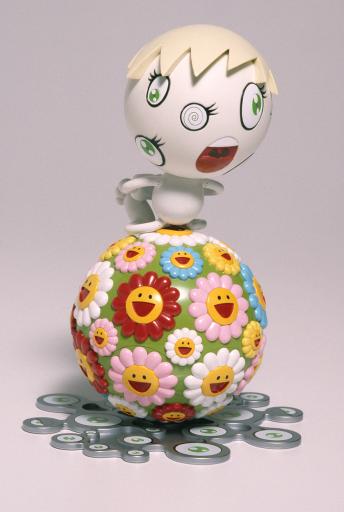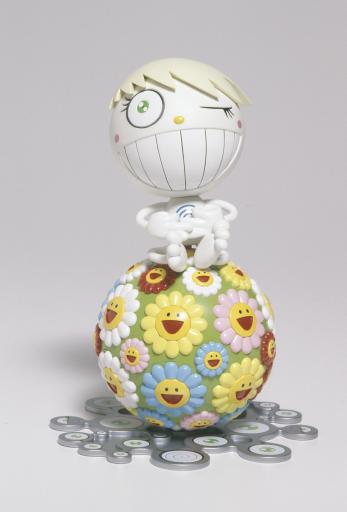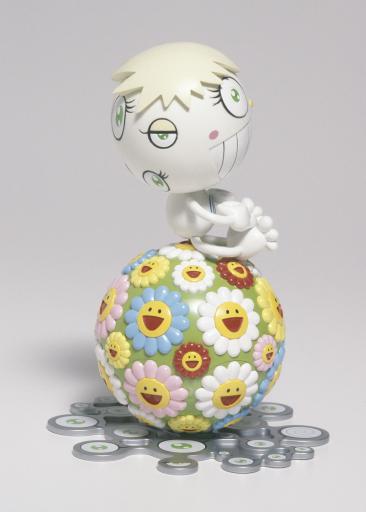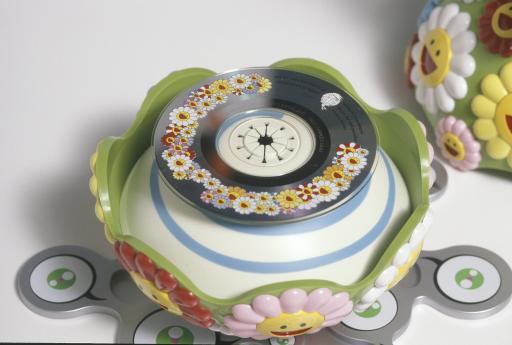Oval sitting atop a Cosmos Ball, Murakami Takashi
Artwork Overview

Murakami Takashi, artist
born 1962
Oval sitting atop a Cosmos Ball,
2000
Where object was made: Japan
Material/technique: plastic; vinyl; paint
Credit line: Peter Norton Family Christmas Project 2000
Accession number: 2000.0149.a,b
Not on display
If you wish to reproduce this image, please submit an image request
